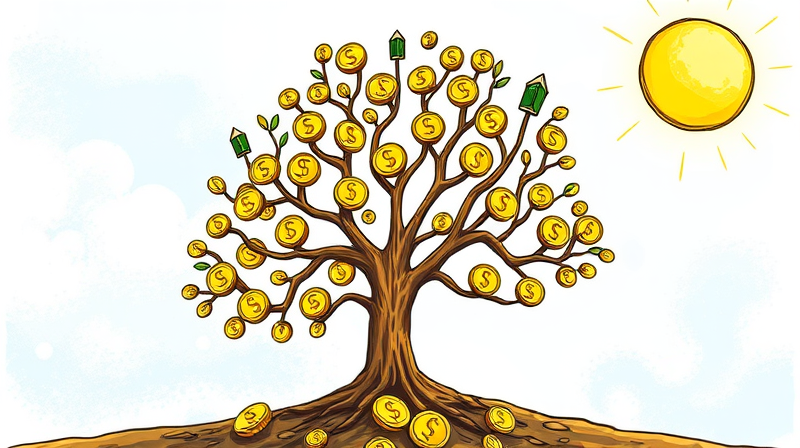
Developing a strong relationship with money begins in childhood. When parents and educators introduce core concepts with care and creativity, children grow into adults who make informed decisions, avoid debt traps, and build wealth sustainably.
From the first time a toddler recognizes a coin to a teenager opening an investment account, each stage offers unique teaching moments. By weaving practical activities into daily life, families can create an environment where financial confidence thrives.
Financial literacy is crucial for avoiding common pitfalls such as unmanageable debt and impulse spending. Research shows that only 31% of teens have access to financial courses in school, while 68% express a desire to learn.
Habits formed by age seven can last a lifetime. Children who understand the difference between needs and wants and practice saving early are significantly more likely to achieve financial security as adults.
Effective money management rests on five foundational pillars. Teaching these principles in an age-appropriate way helps children build a holistic financial skill set.
Practical experience trumps abstract lessons. Children learn best when they see, touch, and make decisions about real money.
Role play and storytelling are powerful tools. Running a pretend store at home or sharing family budgeting stories makes concepts relatable and memorable.
Parents serve as the first financial models. Consistently discussing money choices and involving kids in budgeting decisions fosters open communication.
Schools can fill gaps by offering structured courses on budgeting and real-world projects. Partnerships with nonprofits and local banks bring expertise into the classroom.
Raising money-smart kids is a long-term investment in personal and family well-being. With tailored lessons at every age, parents equip children to navigate complexity, make informed choices, and contribute positively to their communities.
By starting early and combining hands-on learning with expert guidance, families set the stage for lifelong financial health and resilience.
References













